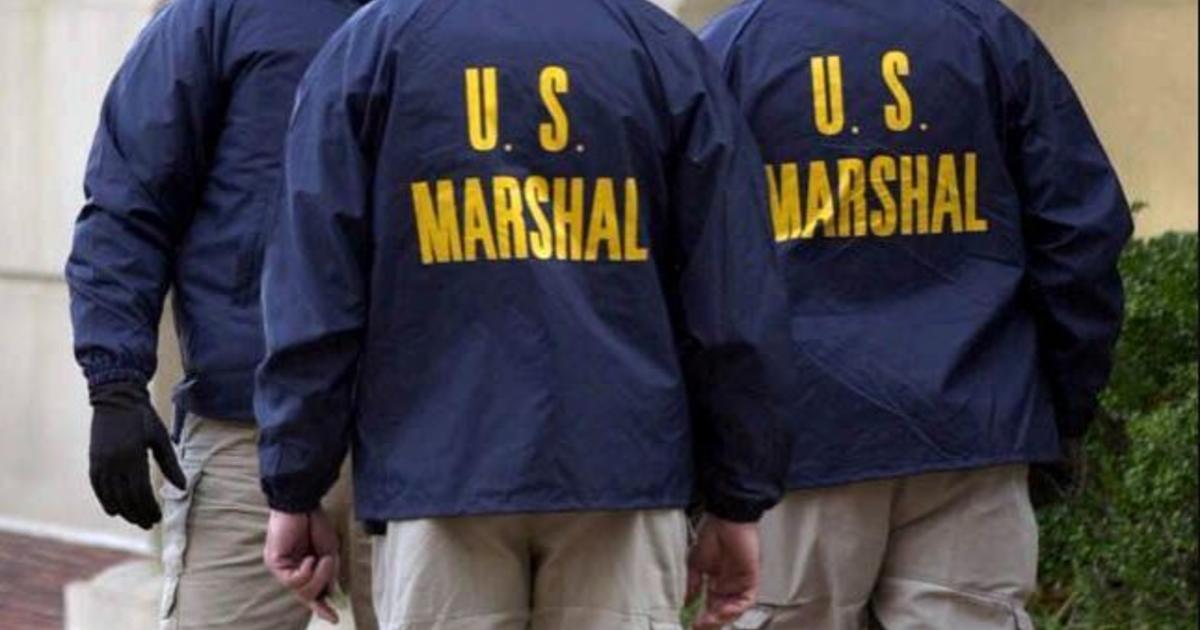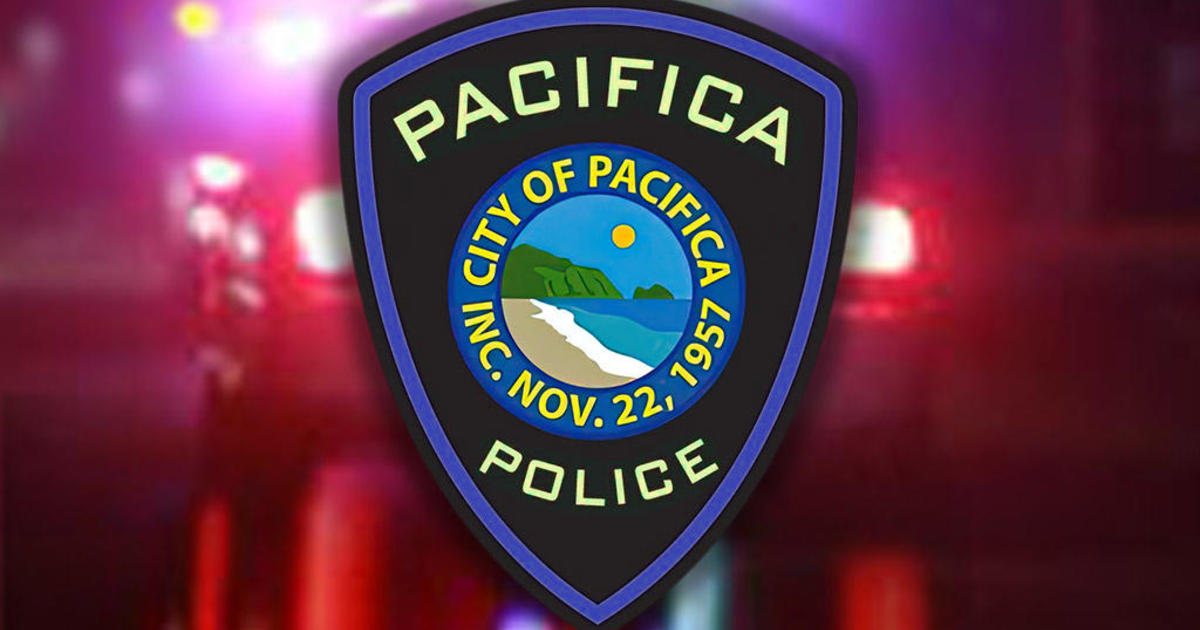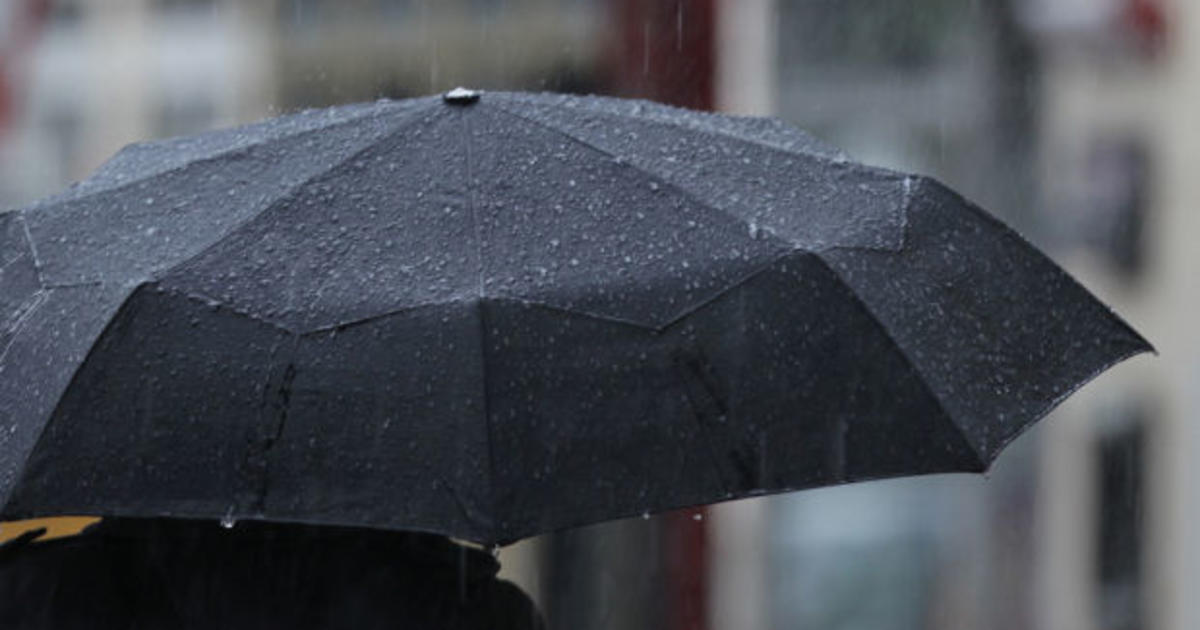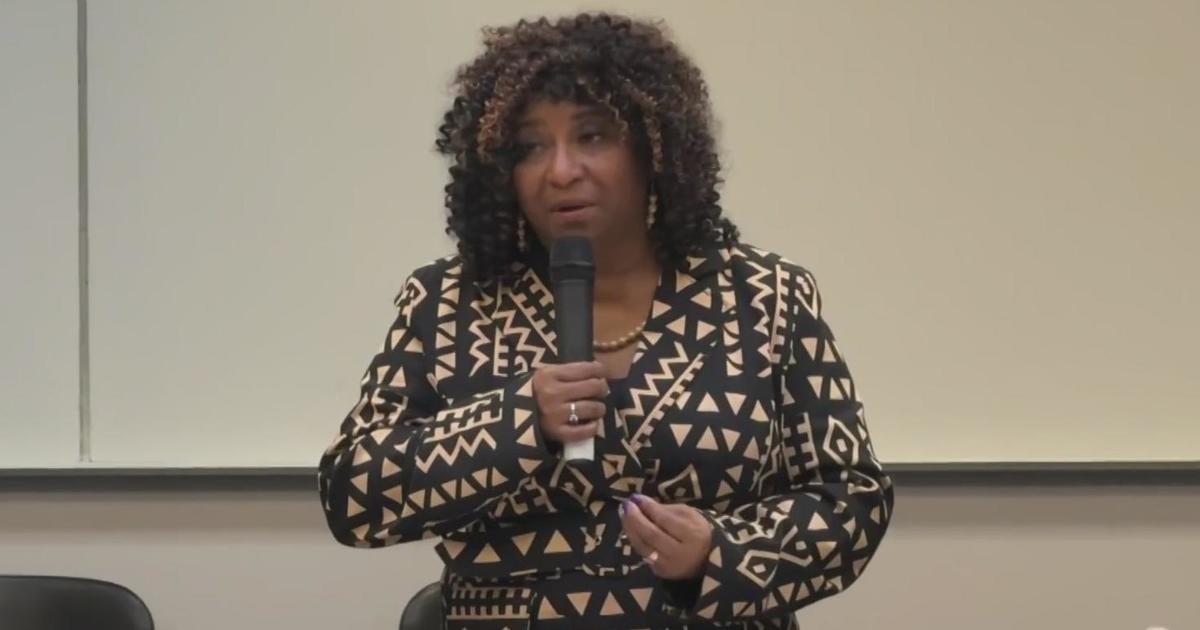CDC recommends masks again in New York City, Los Angeles and other communities as COVID cases climb
A growing number of communities are now seeing COVID-19 cases and hospitalizations at levels high enough to warrant indoor masking and other measures to curb the virus, the Centers for Disease Control and Prevention warned Thursday. A number of major cities are now mulling a return to masking measures.
According to the agency's weekly update, 13.7% of Americans now live in communities now rated at "high" COVID-19 Community Levels, up from 4.9% of the population last week. An additional 38.1% of Americans are in "medium" areas and 48.2% are in "low" areas.
More than ten large counties with more than a million residents are now at this "high" tier:
- Los Angeles County, California (10,039,107 residents)
- Maricopa County, Arizona (4,485,414)
- Kings County, New York (2,559,903)
- Queens County, New York (2,253,858)
- San Bernardino County, California (2,180,085)
- Santa Clara County, California (1,927,852)
- New York County, New York (1,628,706)
- Suffolk County, New York (1,476,601)
- Bronx County, New York (1,418,207)
- Nassau County, New York (1,356,924)
- Pima County, Arizona (1,047,279)
The list includes much of the New York metro area. Officials in the state recently urged schools to return to indoor masking to curb the spread of COVID-19 as well as the respiratory virus RSV and influenza. Authorities in Los Angeles have also warned that indoor masking rules might return there as cases have mounted.
The updated figures come as CDC officials say they have been mulling new "pan-respiratory" benchmarks to measure the spread of all three viruses, as a possible replacement for the COVID-19 Community Levels framework.
If incorporated into the CDC's COVID-19 recommendations, that could mean flu and RSV cases would also factor into when the agency urges Americans to don masks and take other precautions to help curb a surge that could overwhelm hospitals.
"We have also been working on trying to develop, as rapidly as possible, metrics that would be useful at state or regional levels for being able to visualize the level of overall respiratory viral activity," the CDC's Barbara Mahon said this week at a meeting of the agency's outside advisers.
Mahon said the agency hoped the metrics would be "ready to come out soon."
"Bumpy days ahead"
While Biden administration officials say they are confident this year's surge in RSV seems to have peaked in most parts of the country, and there are early signs that flu hospitalizations may have also peaked, both remain near levels as bad as some of the worst previous seasons on record.
The pace of new COVID-19 hospitalizations has also climbed nationwide, up 13.8% from the week prior. In nursing homes this week the CDC tallied the worst rate of COVID-19 infections in residents since last February.
Roughly two in three cases are now estimated to be the BQ.1 or BQ.1.1 variants.Moderna and Pfizer say their lab data suggests their updated shots will offer added protection against these Omicron strains.
But the immune-evasive strains recently forced the FDA to bench the last available antibody treatment for COVID-19 patients.
Federal health authorities and some experts have encouraged doctors seeing vulnerable and immunocompromised patients to resort back to treatments like convalescent plasma, though they acknowledge that they can be hard to come by. Federal funding to support blood collection and boost plasma supplies earlier in the pandemic expired in 2021.
"We are seeing a clear uptick in infections of COVID pretty much in every region of the country, up about 40% over the last couple of weeks. So three challenges all arriving at the same time. There's going to be some bumpy days ahead," Dr. Ashish Jha, the White House's top COVID-19 official, told the Health Action Alliance at an event Thursday.
Jha said he urged people to seek out treatments for the disease as well as an updated COVID-19 booster.
Thanks in part to an expected slowdown in vaccinations over holiday weekends, CDC figures suggest the average pace of new COVID boosters administered has now plummeted 66% from its mid-October peak. On Wednesday, Mahon lamented the pace of shots as now "woefully slow."
Around 15.5% of adults and 34.2% of seniors now have an updated COVID booster, as of figures published Thursday. By comparison, CDC survey data estimates nearly 60% of seniors had an annual flu shot through November last year.
"The good news here is what happens, how this all plays out, how disruptive is it, how many people are going to get sick, so much of that is dependent on us," Jha added.



